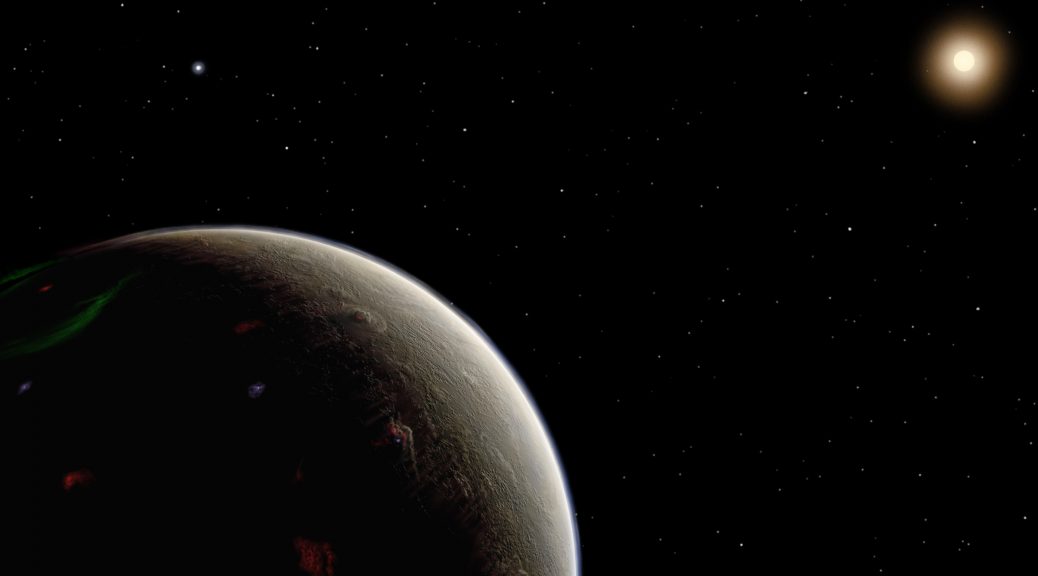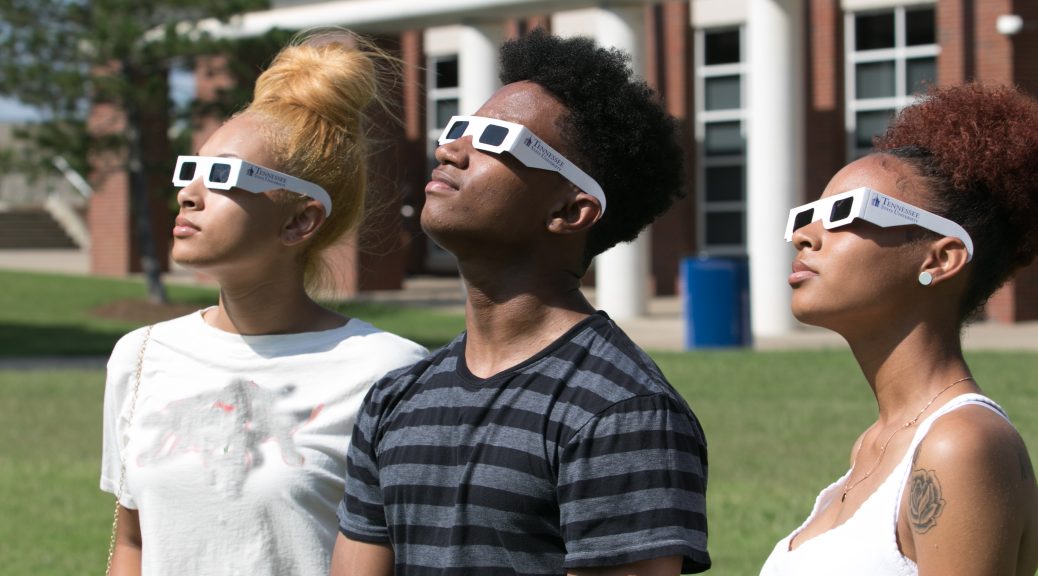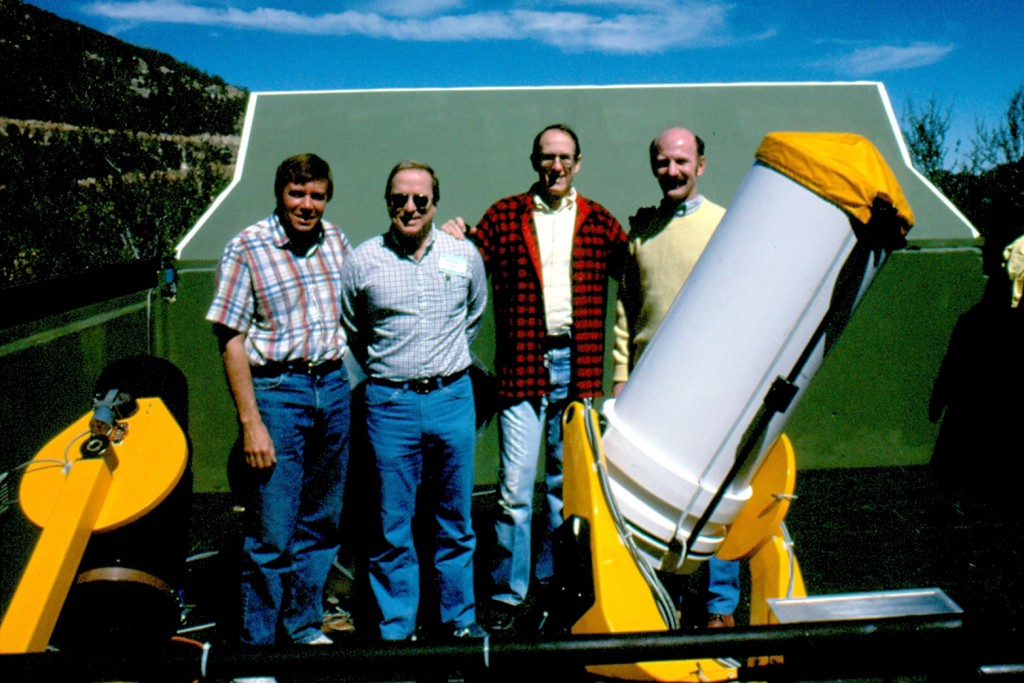NASHVILLE, Tenn. (TSU News Service) – Tennessee State University astronomers have helped discover a new planet that may show science fiction has come a little closer to reality.

TSU astronomers Matthew Muterspaugh and Gregory Henry are part of the Dharma Planet Survey, a collaborative project between the University of Florida and Tennessee State. The DPS has discovered what may be the famed planet Vulcan from the television series Star Trek. Vulcan was the home of one of the show’s star characters, Science Officer Spock.
Muterspaugh and Henry are joined in the study by UF astronomers Jian Ge and Bo Ma. They say the new planet is roughly twice the size of Earth and orbits its star with a 42-day period just inside the star’s optimal habitable zone.
The discovery was made using the Dharma Endowment Foundation Telescope (DEFT) and two of TSU’s robotic telescopes, located on two separate mountains in southern Arizona. The planet is the first “super-Earth” detected by the Dharma Survey, the astronomers said.
“The orange-tinted HD 26965 is somewhat cooler and less massive than our sun, but is approximately the same age as our sun and has a 10-year starspot cycle nearly identical to the sun’s 11-year sunspot cycle,” said Muterspaugh, who helped to commission the Dharma spectrograph on the TSU 2 meter automatic spectroscopic telescope. “Therefore, HD 26965 may be an ideal host star for an advanced civilization.”
“Star Trek fans may know the star HD 26965 by its alternative moniker 40 Eridani A,” said Henry, who used TSU’s automated observatory to collect precise brightness measurements of the star needed to confirm the presence of the planet. “Vulcan was connected to 40 Eridani A in the publications ‘Star Trek 2’ by James Blish and ‘Star Trek Maps’ by Jeff Maynard.”

In a letter published in the periodical “Sky and Telescope” in July 1991, Gene Roddenberry, the creator of Star Trek, along with astronomers Sallie Baliunas, Robert Donahue, and George Nassiopoulos of the Harvard-Smithsonian Center for Astrophysics, confirmed the identification of 40 Eridani A as Vulcan’s sun. The 40 Eridani star system is composed of three stars. Vulcan orbits the primary star, and the two companion stars “would gleam brilliantly in the Vulcan sky,” wrote Roddenberry et al. in their 1991 letter.
“Vulcan is the home planet of Science Officer Mr. Spock,” said Henry. “Spock served on the starship Enterprise, whose mission was to seek out strange new worlds, a mission shared by Dharma Planet Survey.”
For more than 25 years, TSU astronomers have been developing and operating a fleet of robotic telescopes in the southern Arizona mountains. In 1999, one of the telescopes discovered the first transiting (eclipsing) exoplanet, providing the final evidence needed to prove the existence of other planetary systems.
In 2015, TSU astronomers were part of a team that discovered a planetary system much closer to Earth. The following year, Henry was among a team of astronomers who discovered an extrasolar planet scientists said has the most eccentric orbit ever seen.
For more information about TSU’s astronomy research, visit coe.tsuniv.edu.
Department of Media Relations
Tennessee State University
3500 John Merritt Boulevard
Nashville, Tennessee 37209
615.963.5331
About Tennessee State University
With more than 8,000 students, Tennessee State University is Nashville’s only public university, and is a comprehensive, urban, co-educational, land-grant university offering 38 bachelor’s degree programs, 24 master’s degree programs and seven doctoral degrees. TSU has earned a top 20 ranking for Historically Black Colleges and Universities according to U.S. News and World Report, and rated as one of the top universities in the country by Washington Monthly for social mobility, research and community service. Founded in 1912, Tennessee State University celebrated 100 years in Nashville during 2012. Visit the University online at tnstate.edu.








